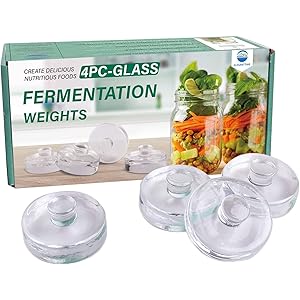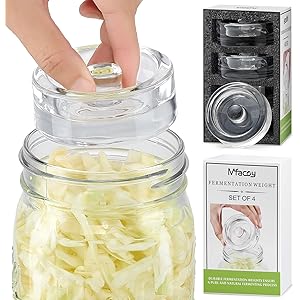Understanding Yeast: The Basics
Yeast is a fascinating microorganism that plays a crucial role in various biological processes, particularly in fermentation. It is a single-celled fungus that thrives in environments rich in sugar and is essential for the production of bread, beer, and wine. When discussing yeast or something else, it is important to recognize its unique characteristics and the various types available, such as Saccharomyces cerevisiae, which is commonly used in baking and brewing.
The Role of Yeast in Fermentation
Fermentation is a metabolic process that converts sugar to acids, gases, or alcohol using microorganisms like yeast. This process is vital in the production of alcoholic beverages and baked goods. When yeast ferments sugars, it produces carbon dioxide and ethanol, which contribute to the texture and flavor of the final product. Understanding yeast or something else involves exploring how different strains of yeast can affect the fermentation process and the resulting flavors.
Types of Yeast Used in Baking
In baking, yeast is primarily used to leaven bread, creating a light and airy texture. The most common type of yeast used is active dry yeast, which requires activation in warm water before use. Instant yeast, on the other hand, can be mixed directly with dry ingredients. Each type of yeast has its own fermentation characteristics, which can influence the rise and flavor of the bread. When considering yeast or something else, bakers often experiment with different types to achieve desired results.
Yeast in Brewing: A Key Ingredient
In the brewing industry, yeast is indispensable for producing beer. Different strains of yeast impart distinct flavors and aromas to the beer, influencing its overall profile. Ale yeast, for instance, ferments at warmer temperatures and produces fruity flavors, while lager yeast ferments at cooler temperatures, resulting in a cleaner taste. Understanding yeast or something else in brewing involves recognizing how yeast selection can dramatically alter the final product.
Health Benefits of Yeast
Yeast is not only important for culinary applications but also offers several health benefits. Nutritional yeast, for example, is a deactivated form of yeast that is rich in B vitamins, protein, and antioxidants. It is often used as a dietary supplement for vegans and vegetarians. When discussing yeast or something else, it is essential to highlight its potential health benefits and its role in a balanced diet.
Get more content like this!
Sign up to receive updates and new terms first hand.
Yeast and Its Role in the Ecosystem
Yeast plays a significant role in the ecosystem beyond human consumption. It is involved in the decomposition of organic matter and contributes to nutrient cycling in various environments. Yeast can be found in soil, on plants, and even in the air, showcasing its adaptability and importance in maintaining ecological balance. Understanding yeast or something else includes recognizing its broader environmental significance.
Common Issues with Yeast in Baking
Bakers often encounter challenges when working with yeast, such as improper activation or environmental factors that hinder fermentation. Factors like temperature, humidity, and the freshness of yeast can significantly impact the outcome of baked goods. When discussing yeast or something else, it is crucial to address these common issues and provide solutions to ensure successful baking experiences.
Innovations in Yeast Research
Recent advancements in yeast research have opened new avenues for its application in various industries. Scientists are exploring genetically modified yeast strains that can enhance fermentation efficiency or produce novel flavors. These innovations could revolutionize the food and beverage industry, making it essential to stay informed about yeast or something else as research continues to evolve.
Yeast Alternatives in Cooking
While yeast is a staple in many recipes, there are alternatives for those who may be allergic or prefer not to use it. Baking soda and baking powder can be used as leavening agents, while sourdough starter offers a natural fermentation option. Understanding yeast or something else includes exploring these alternatives and how they can be effectively utilized in cooking and baking.
The Future of Yeast in Food Production
As the demand for sustainable food production increases, yeast is poised to play a pivotal role in the future of the food industry. Researchers are investigating the potential of yeast in producing plant-based proteins and other innovative food products. Understanding yeast or something else means recognizing its potential to contribute to a more sustainable and efficient food system in the coming years.




